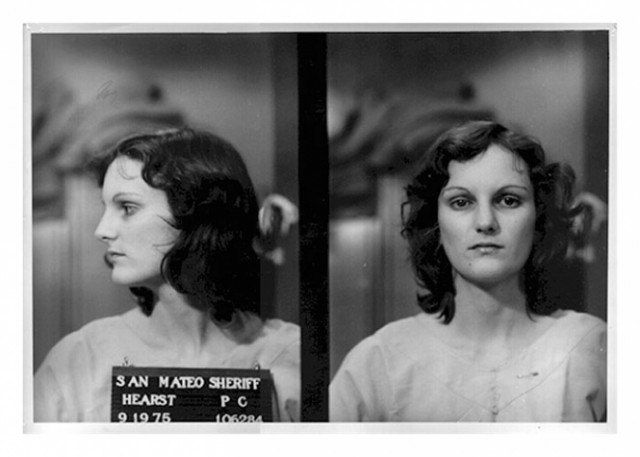
Forty years ago this morning, Patty Hearst went from being the nearly anonymous teenage granddaughter of a legendary media magnate to a name and face that became instantly recognizable around the world.
Here's how the FBI describes the moment when Hearst shed that anonymity forever:
Around 9 o’clock in the evening on February 4, 1974, there was a knock on the door of apartment #4 at 2603 Benvenue Street in Berkeley, California. In burst a group of men and women with their guns drawn. They grabbed a surprised 19-year-old college student named Patty Hearst, beat up her fiancé, threw her in the trunk of their car and drove off.
Thus began one of the strangest cases in FBI history.
Hearst's kidnappers, it turned out, were part of a small group of self-styled revolutionaries called the Symbionese Liberation Army. The group distinguished itself with what, from a safe distance, sounds like comically overblown rhetoric, with slogans like "death to the fascist insect that preys upon the life of the people."
But the group was no joke. In November 1973, members had ambushed and murdered Oakland school superintendent Marcus Foster, the district's first African-American chief. Foster's "crime"? The SLA branded him "fascist" because it mistakenly believed he had backed a plan to require ID cards for all Oakland high school students.
The Hearst kidnapping transfixed the nation as it took one strange, scarcely believable turn after another. Shortly after Hearst's disappearance, the SLA demanded that her wealthy family distribute food to the poor. Done. In a series of taped communiques issued after the abduction, Hearst criticized her family's response and eventually declared she had joined the revolution and that "I would never choose to live the rest of my life surrounded by pigs like the Hearsts."
In mid-April, Hearst surfaced, joining SLA members in robbing a bank in San Francisco. Hearst and her SLA comrades left San Francisco for Southern California, and on May 16, she shot up a Los Angeles sporting goods store after what was described as a bungled shoplifting attempt by two companions, Bill and Emily Harris. The next day, police tracked one SLA contingent — Hearst and the Harrises not among them — to a house in South Central Los Angeles. The resulting two-hour shootout was televised live. Police teargas canisters set the house on fire, and all six SLA members at the residence died.
